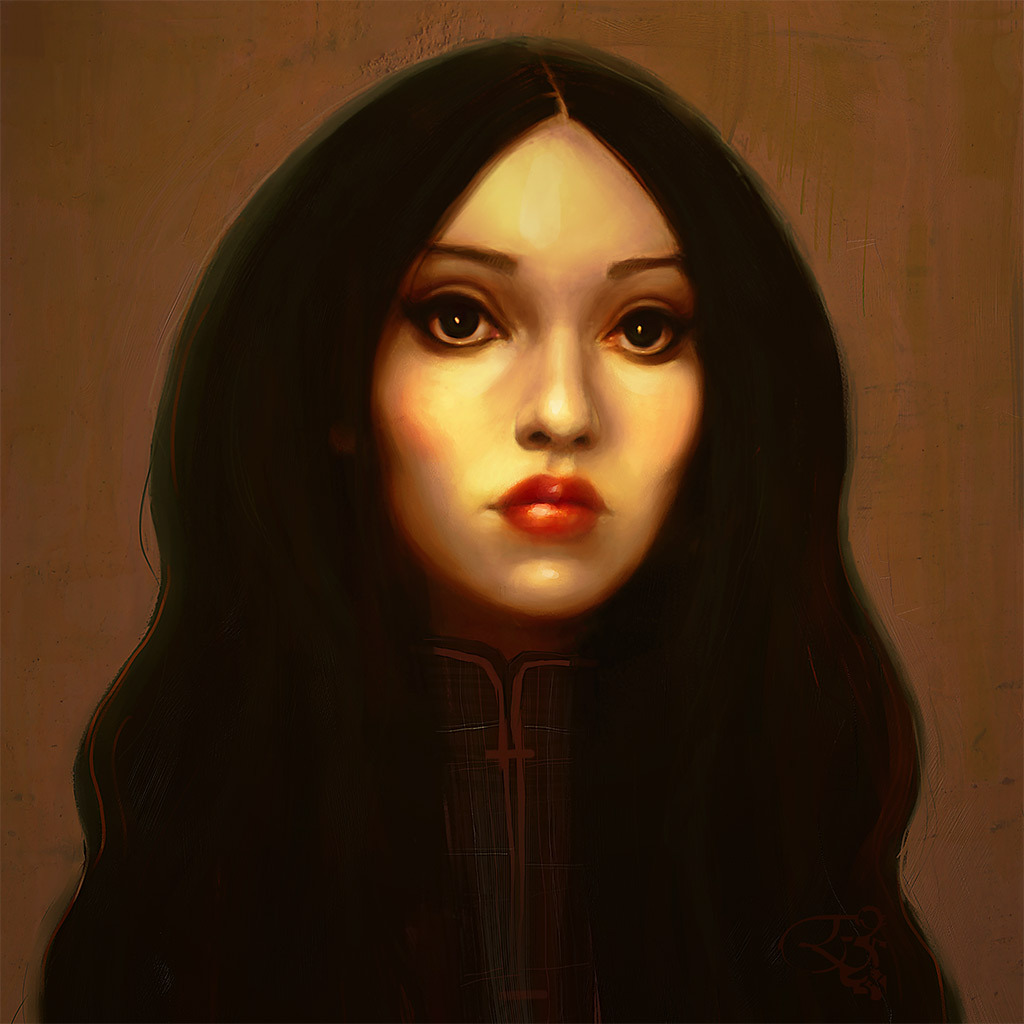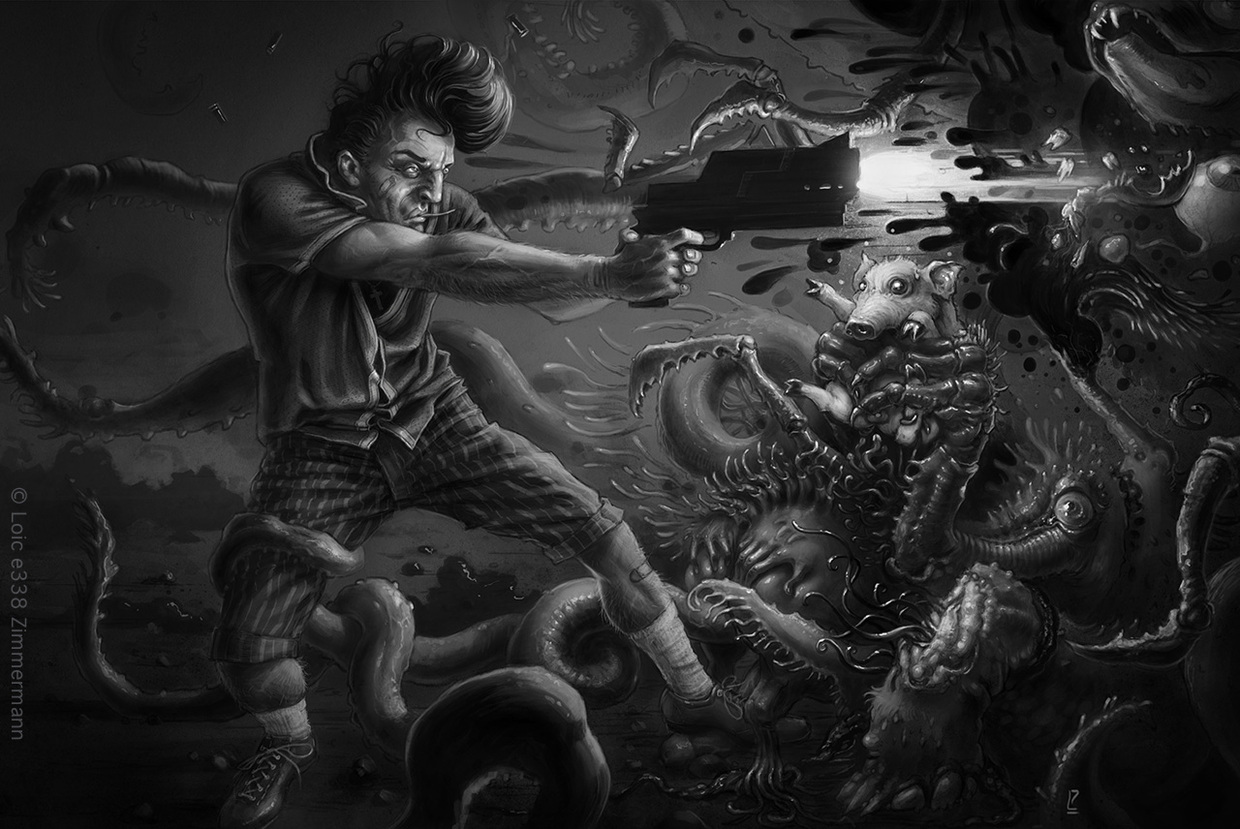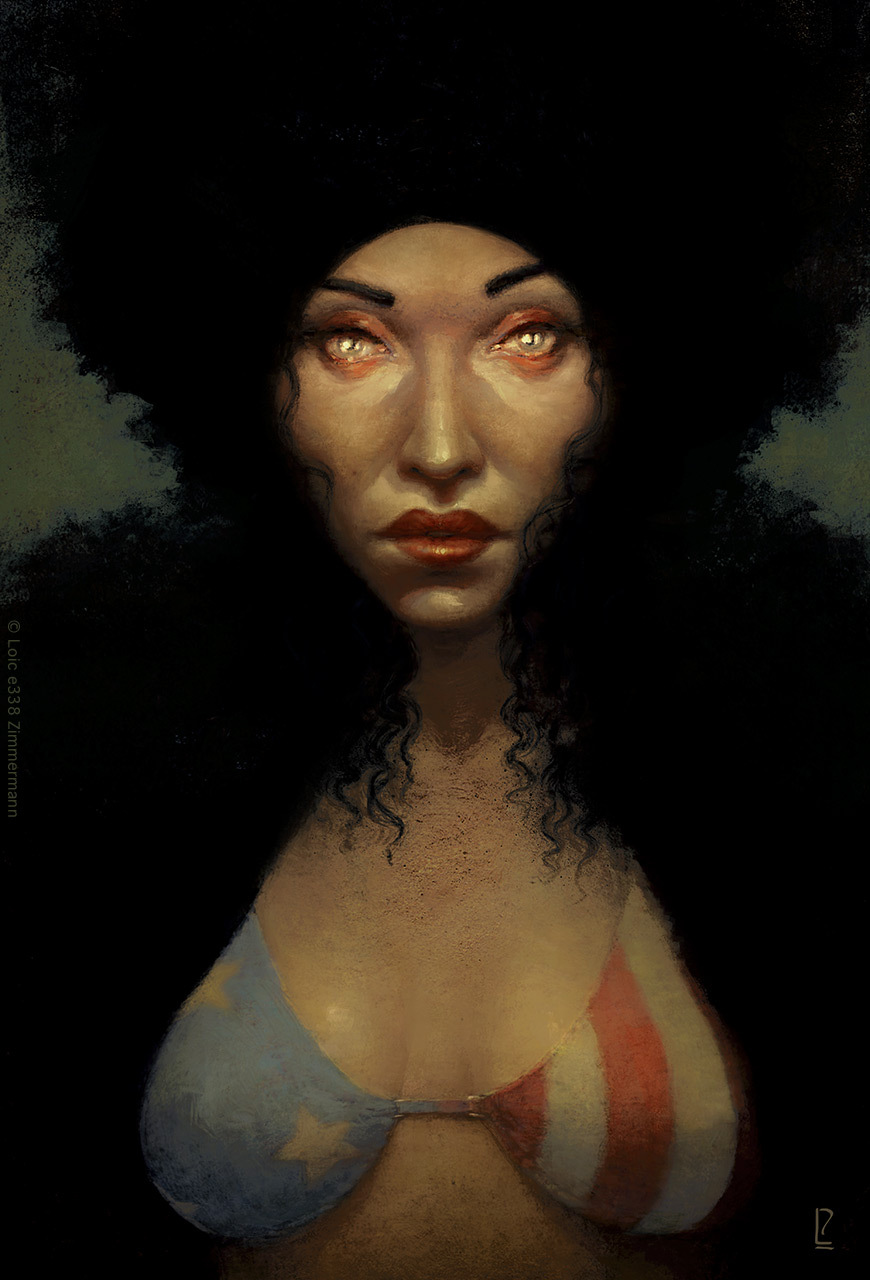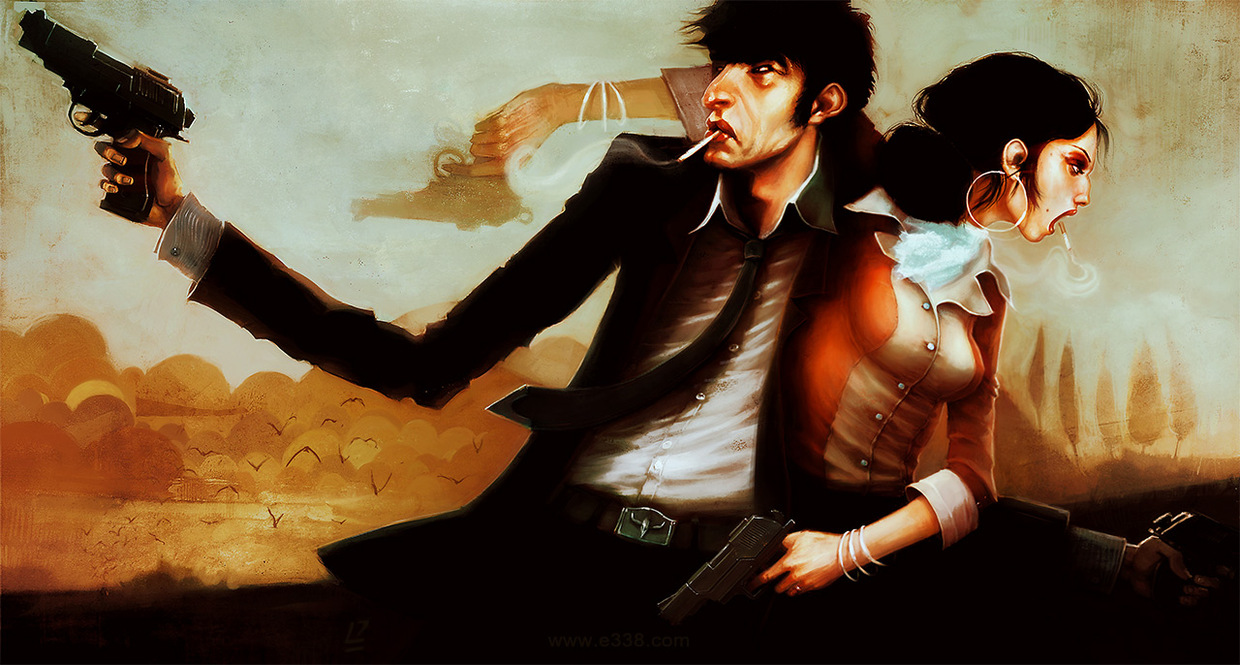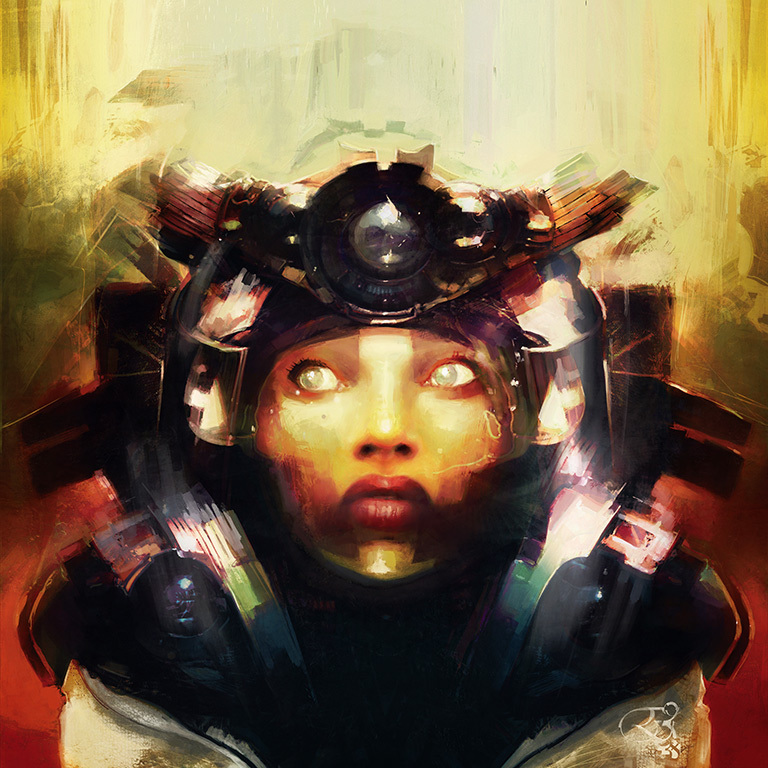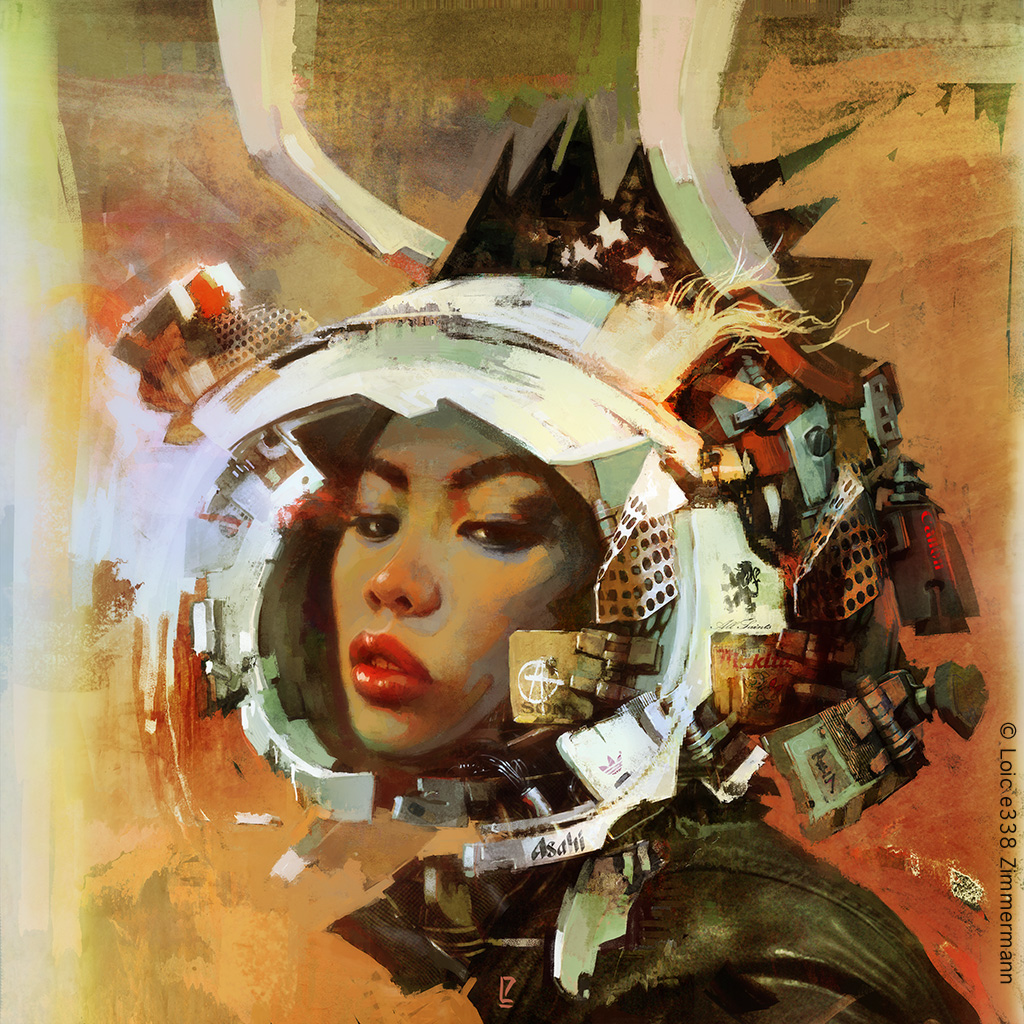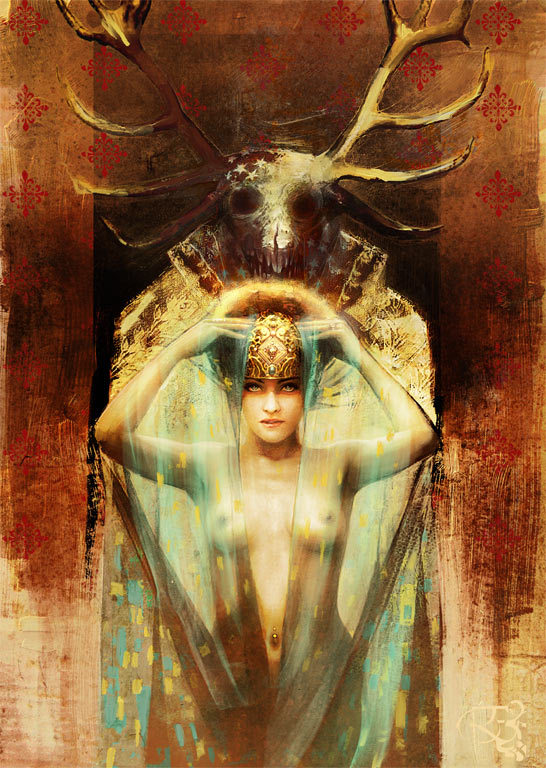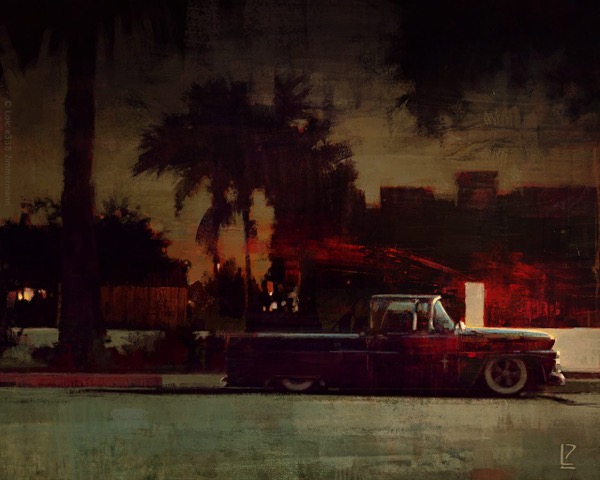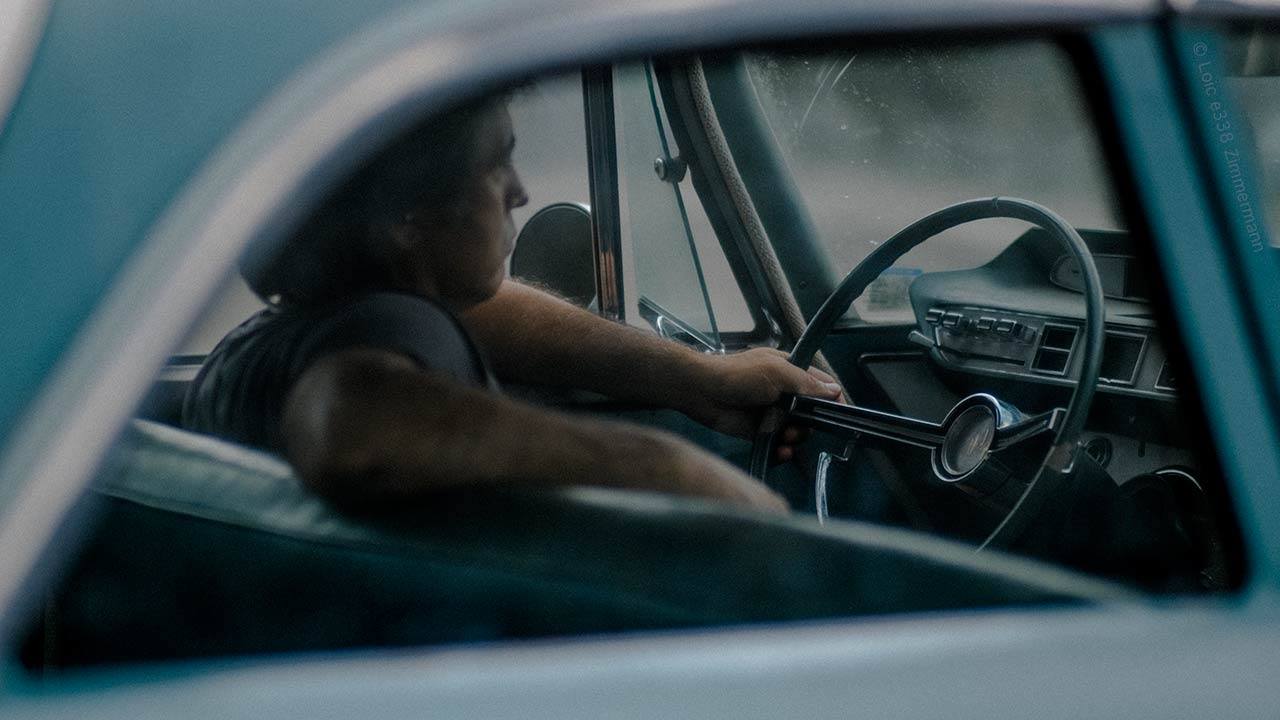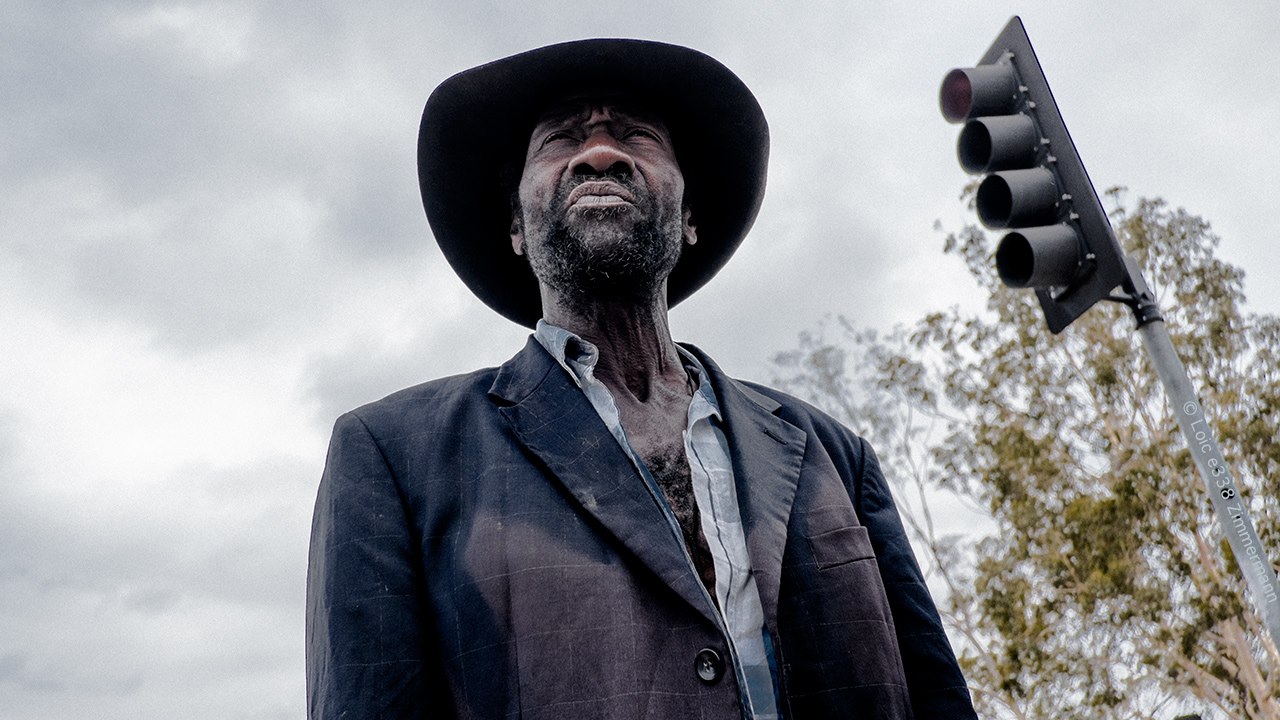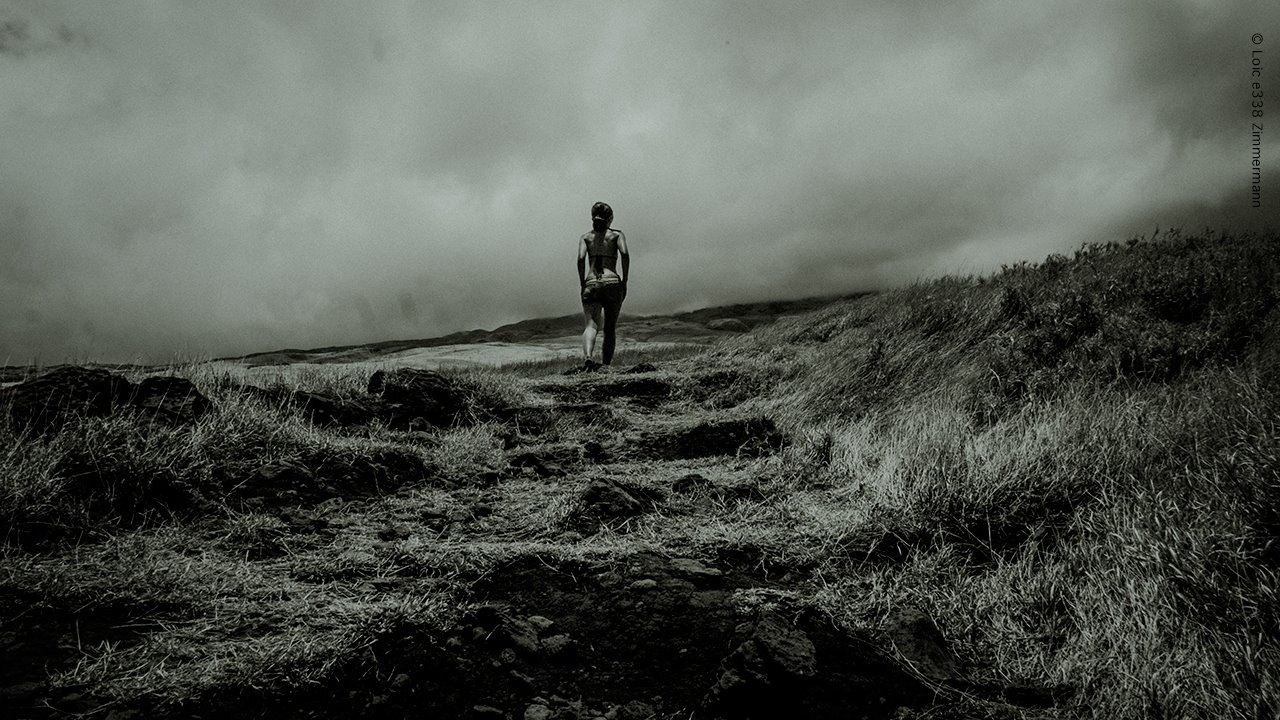The movie making process, for lack of a better term, is amazing. It’s a collaboration of directors, writers, and actors coming together and making a piece of art come to life. But these days, especially on those epic blockbusters everyone drools over, an army of people are working on these films to make sure they look right. They work on the concepts and designs that give each movie it’s special look and feel and are a vital part of the process. After all, directors can’t come up with EVERYTHING that makes a world come to life on screen.
Loic Zimmerman (a.k.a Loic “e338” Zimmerman) is one of those people. He is a concept designer that works with Luma Pictures. While there he’s worked on such films as “Thor”, “Harry Potter and the Half Blood Prince”, and “Underworld” as well as others.
And he’s a very skilled artist and photographer as well. His illustrations are gritty, hauntingly beautiful, and dangerously fun. His photographs are piercing and truthful, capturing moments of life some might look passed. After we reached out he was gracious enough to accept our request for an interview and allowed us to share a generous amount of his work for this interview.
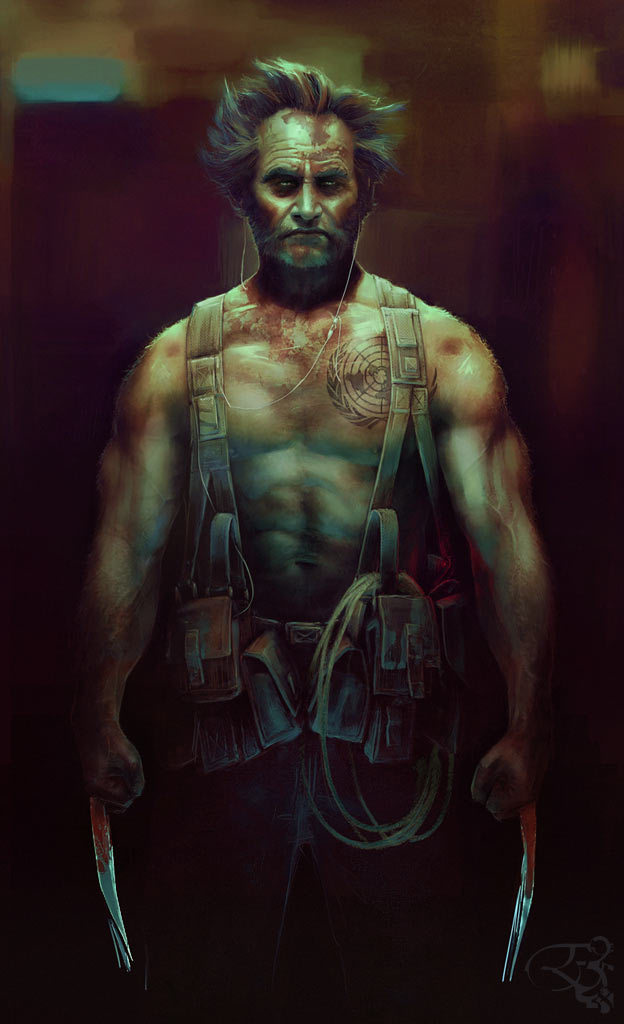
.
AAGG: When did you decide that you wanted to become an artist?
Zimmerman: That decision came pretty early. Probably under the influence of my father. Drawing and creating stuff was my only way to cope with boredom, living pretty remotely from anything else as we did. Very few TV channels, countryside, pre-internet world. But I don’t think I’ve ever been bored, other than after 10 minutes sitting at the beach doing nothing.
.
AAGG: What did you study in college, and how did you come to be a concept designer?
.
Zimmerman: I didn’t have the fundings to afford one of the schools I wanted to go to, so I went to a local art-school for two years. It was facing an intellectual crisis, migrating from the craft tradition to the modern and conceptual approach. It was a great disappointment for me at first but I quickly found the people I could learn things from. Over time, that intellectual stuff ended up serving me well to expand beyond the usual zone of comfort or classical pop references that seem to be ruling the world these days.
Then I moved to a graphic design school to get my degree. I discovered 3D at that time and dived into it. It consumed me for 10 years but I got pretty decent at it and it got me a career. But I was a little tired of the pure execution, work wise, and got back into illustration. From there I discovered that some people were getting paid to do concept. I saw the light in the darkness and migrated toward that. When I moved to LA, I asked to do the transition and I did. I became a character supervisor while developing the concept art in-house.
.
.
AAGG: I understand you worked on movies like Thor and X-Men: First Class. Can you share some detail about how that process works? For instance, did you get a chance to work with the director or is a team assigned a project and you just draw out ideas?
.
Zimmerman: I don’t usually have that chance, although it happened a few times. I had the opportunity to spend a half hour with Michel Gondry a few years back, as well as the Coen brothers. For people in the art department it’s different, but for us in VFX, projects are broken down per vendor, shots are assigned, and your contact is the VFX [supervisor] on the client’s side, with all the hierarchy in house kickin’ in. VFX sup to VFX producers to coordinators to supervisors to the team…
They send the shots, I design options, it goes back and forth until we get to something they’re ok with and/or worth pushing into 3D.
I also design later on when it comes to helping with lighting a scene, finessing a composition, stuff I’m pretty comfortable with because of my illustration and photography background.
.
AAGG: You mention Michel Gondry and the Coen Brothers. Can you share some insight into what it was like working with them? Did you have a chance to learn about their creative process or what their inspirations were?
.
Zimmerman: No scoop here. The Coens were fun because they really know what they want. And when they’re not sure, it’s still a pretty fast process. This was very enjoyable. Try this. Nope. Try that. Yes. From there it’s a straight line to finish.
Michel Gondry took the time to share with us some flash animation he was doing for his interview with Chomsky. It was great to see his excitement for a passion project. No matter how big the projects you work on, what you do for yourself is what truly matters. I work this way but seeing it from a visionary like him made me even more comfortable with the idea.
I had nothing to do in that meeting, I wasn’t even working on the film he was here for. I just sneaked in and spent some quality time discussing with him.
.
AAGG: What project did you enjoy the most?
.
Zimmerman: Not the ones you’d think. On the big big films, a lot of the design process is already done and it’s refining from there. On mid-size production it gets a little more fun. Underworld(s) for that matter are fun ones because the Producer is a long time client of the company I work for and he trusts us. I ended up designing a whole scene, storyboarding a transformation sequence and handling this back to the actor who in return gave us cool references for the anime team. I then supervised (and sculpted too) a lot of the shapes for that shot. Nothing near where I wanted it to be, but definitely a good feeling. My heart goes to the Coen Brothers or Denis Villeneuve (we worked on “Prisoners” )
The Dark World scene with Thanos in Guardians of the Galaxy was a cool challenge and I had fun with it. I designed the whole environment and supervised the creation of Thanos and all the blendshapes for the facial animation. It turned out nicely I think.
.
.
AAGG: As an artist, what would you say are your biggest influences?
.
Zimmerman: Well. There’s always a bunch of painters, sculptors, artists that you can get inspired from. When you’re younger, that influence is a little 1/1 but over time it becomes your own if you choose to stay open to other things. In addition to illustrators such as Otomo, Moebius, Sienkiewicz, McQueen, Terrada, Miller, McQue, Mignola … directors are probably my biggest influence although I’m interested in fashion too (kinda mandatory for a concept-artist I’d say). And music always was an inspiration, and most of my personal pieces get their titles from songs actually.
.
AAGG: In regards to your illustrations, comic book characters appear in various forms. I saw interpretations of Batman, Wolverine, and I believe Hellboy. Why are these characters showing up in your work?
.
Zimmerman: I do very little fan art because I don’t consider myself a “fan”. I like them. I think they’re cool, and like a kid who used to draw those, I like the feeling of putting my humble take on one of those from time to time. It’s a fun exercise.
I mean, Batman is a beautiful classic. Gritty, dark, weirdo. Same goes for Wolverine and Hellboy. Now that I think about it, those 3 don’t want to be heroes, they just happen to be. I like that. I don’t like the show-offs.
And Hellboy loves cats and brunettes; we got that in common.
.
AAGG: In terms of your illustrations and photographs there seems to be a theme of stoicism. You manage to capture it in your male and female subjects. Can you let us know what your subjects have going on behind their eyes?
.
Zimmerman: Ha ha ha. I am pretty stoic myself. I don’t like posers. I find it distracting and lame. In life too. For illustration you kinda have to push the envelope a little to make it more efficient, but I’d choose
John Foster over a thousand illustrators (for many reasons) but mostly for his ability to crank those action poses without making them feel fake or staged. That’s talent right there.
When it comes to photos, I’m always more interested in what’s happening between takes. That’s more real. You want charisma and sex appeal, but fashion photography doesn’t do that at all to me, except from a few photographers. I’m really fond of
Larry Sultan‘s personal series, but I thought his fashion work was surprisingly refreshing. The portraits of Paolo Roversi are pure grace. That’s appealing to me. The sultry decadent glamorous pictures of
Guy Bourdin (you can also check out
Brourdin’s work here) are the absolute counter example of the first two and yet I LOVE them. But there’s stoicism in all those too.
I think my characters didn’t choose to be where they are, and they’re aware of it. That’s why they have that expression stuck on their face.
.
AAGG: In your car series of illustrations I notice that the cars seem to be from a least 3 decades back and are in suburban settings. The scenes remind me of “pastoral” paintings but with cars instead of people. What are you trying to capture with these images?
.
Zimmerman: After a few months spent in LA I realized how fundamental the cars were in the local culture. Combined with my vision of this america seen through the lens of the movies from the 70’s I was watching as a kid, I decided to put my focus on those and work on this contrast between the environment and the cars. They became actors of those “stories”.
.
AAGG: What role does color play in your illustrations? And how do you go about choosing color palettes?
.
Zimmerman: Your color palette is like an old Kung Fu master. You don’t choose them. They choose you. Colors are fundamental. They create a vibration, a rhythm. And Art is about rhythm.
In concept, you use a color because it means something. That’s pretty straight forward. In more artistic endeavors let’s say, you choose colors for the emotion. I like warm tones, dark oranges, siennas, stuff like that. And the best way to make them shine, is to use colors from the other side of the spectrum. By doing so, I ended up picking colors that I initially didn’t like, on a stupid selfish me me me standpoint.
And over time, I ended up loving them. Cyan, blue, or even that freaking purple are now some of my favs now.
.
AAGG: At Action A Go Go we are always trying to spot trends and let people know what is coming down the road. Right now superheroes are still going strong and franchises like Mission: Impossible are still kicking. What are you looking forward to? And what do you think we should keep an eye on in the future?
.
Zimmerman: Some reboots are more successful than others. I think they’re doing pretty good with Bond. I haven’t caught up on the Mission Impossible yet but they’re usually fun. I’m more into “small” productions in general, with a strong director behind the wheel. It works when this director takes on a franchise (Mendes with Bond, for example). “Sicario”, from Denis Villeneuve is one I’m eager to watch. “Black Mass” with Johnny Depp seems pretty exciting. “Let Me Make You A Martyr” (starring Marilyn Manson) got me mesmerized after 10 seconds. “The Neon Demon”, by Nicolas Winding Refn is something I’m looking forward to see. He is fearless and his cinema talks to me.
.
Action A Go Go would like to thank Loic Zimmerman for granting us this interview and giving us permission to use his works below. Please enjoy the images, and if you want to purchase any of these images or others please click through the links provided at the bottom of this page.
Enjoy!
.
.
.
.
.
ILLUSTRATIONS FROM HIS CAR SERIES
.
.
.
.
A SELECTION OF HIS PHOTOGRAPHS
.
.
.
.
.
.
.
.
.
.
.
| Action A Go Go on Twitter and Instagram | Be sure to leave your thoughts in the comments section!
Derek Scarzella is a lone wolf running through the night with a heart full of dynamite and a limitless passion for Action movies and all things awesome. ‘Nuff said.



